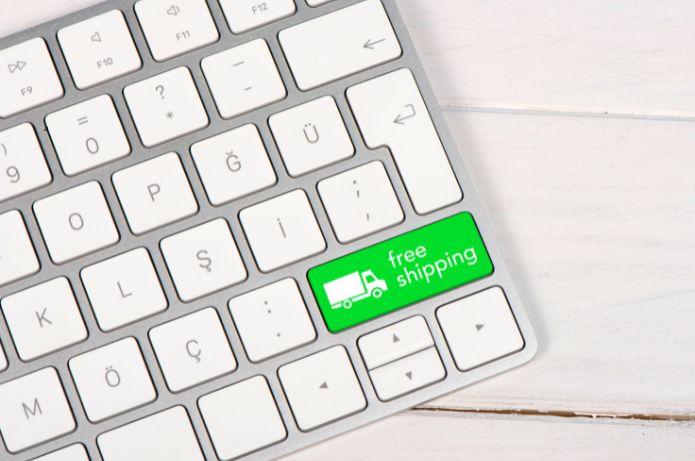In the competitive universe of Brazilian e-commerce, free shipping is no longer just a promotional advantage and has become a central element in consumer psychology. More than a differential, it has become an expectation, capable of defining the success or failure of a sale. But what is, in fact, the weight of this factor in the final decision of the customer? And how can brands apply it without compromising profitability?
According to Rodrigo Garcia, executive director of Petina Digital Solutions, the aversion to the cost of delivery is one of the most studied phenomena in online retail.“The Brazilian consumer processes the cost of freight differently from the price of the product. When the freight is zero, even if the value of the product is slightly higher, the brain interprets it as an absolute gain, which contributes to increasing the conversion ratezero” effect it creates a sense of advantage so strong that it often nullifies the pursuit of the lowest total price”, he explains.
Research confirms this perception.A survey by Opinion Box in partnership with Octadesk shows that 67% of Brazilian consumers point to free shipping as one of the main factors of purchase decision. Another study by CT Trends indicates that 65% of customers give up on purchase in the face of high freight, while 85% prefer stores that offer free or more affordable delivery.Econsultancy points out that expensive freight accounts for up to 55% of cart abandonments.
Data intelligence and sustainability
The implementation of free shipping, according to the executive, should be punctual, not a rule. The strategy should consider segment, average ticket and consumer profile. “In categories of high recurrence and margin, such as intimate fashion, beauty and personal care, free shipping is usually worth it. The cost is diluted in the repurchase behavior”, he comments.
In segments of higher value and lower frequency, such as electronics, furniture and appliances, the logic is different. In these cases, it makes sense to adopt free shipping above a certain value or in seasonal campaigns. The secret lies in data intelligence: crossing logistics cost, margin per product and purchasing behavior to create automatic and profitable rules. “More aggressive negotiations with marketplaces and logistics operators are also essential to enable the” strategy, he says.
The emotional value behind “grat”
Garcia also highlights the symbolic component of the benefit.“It is not just about saving a few dollars. Free shipping is perceived as a gift, a gesture of generosity and brand care. This emotional factor generates a positive bond that goes beyond the commercial transaction”, he explains.
This perception, he said, makes free shipping a powerful generator of loyalty.“The consumer feels valued and rewarded. It is an intangible competitive differential, but extremely real.Often, it is precisely this emotional load that defines the final choice.”
Garcia reinforces that the discussion is no longer about offering or not, and has become about the form of implementation. “A issue today is no longer if we should offer’, but ioquomo, when and for whom to offer’. The consumer seeks convenience, transparency and fair price. Brands that understand this strategic tripod will certainly come out ahead”, he concludes.


